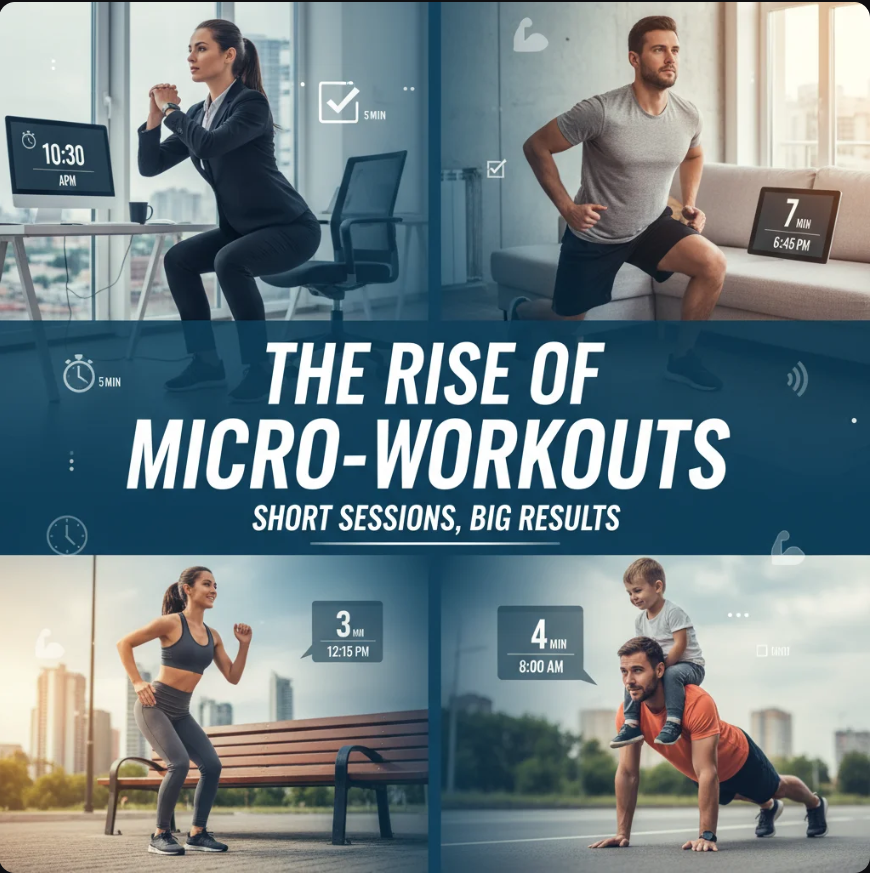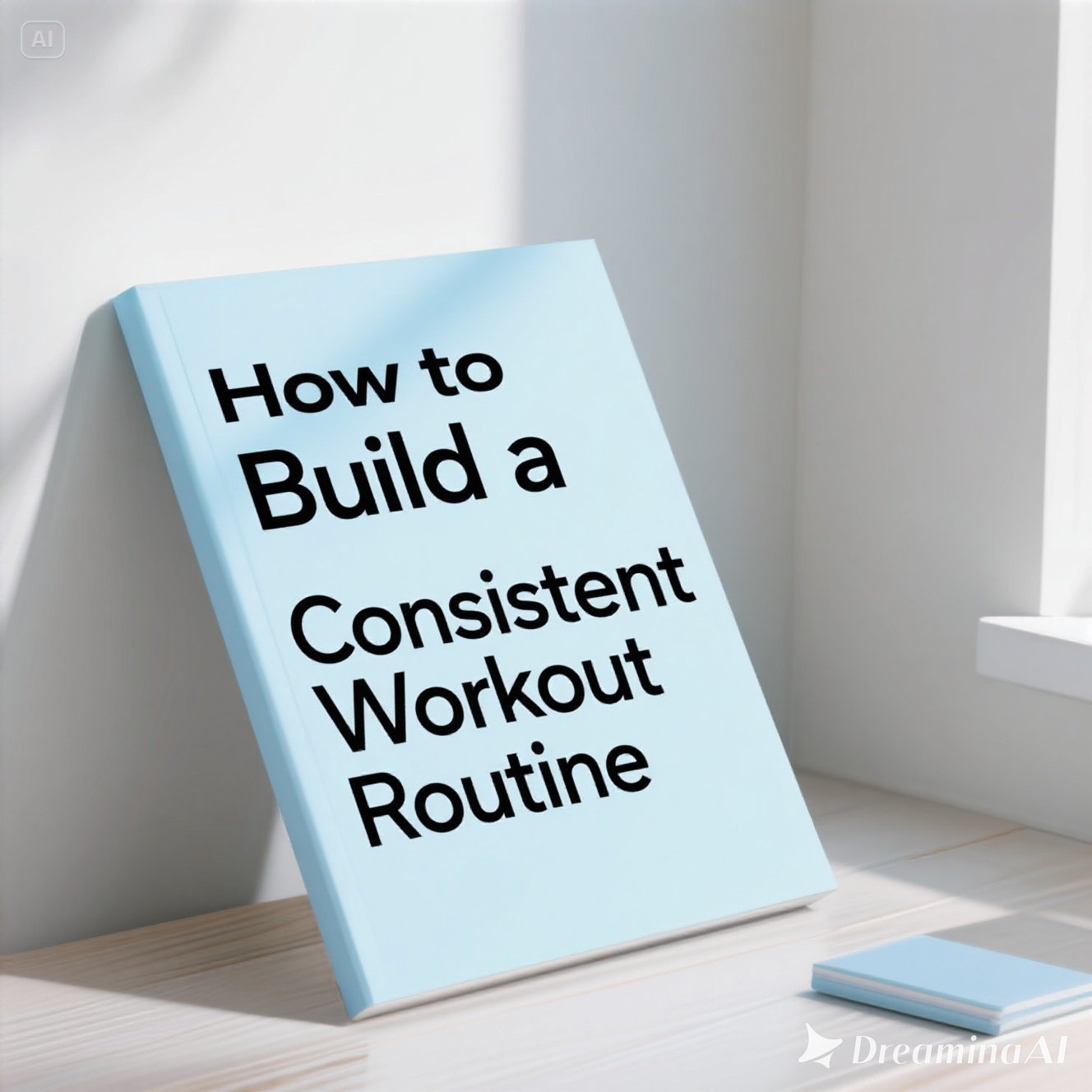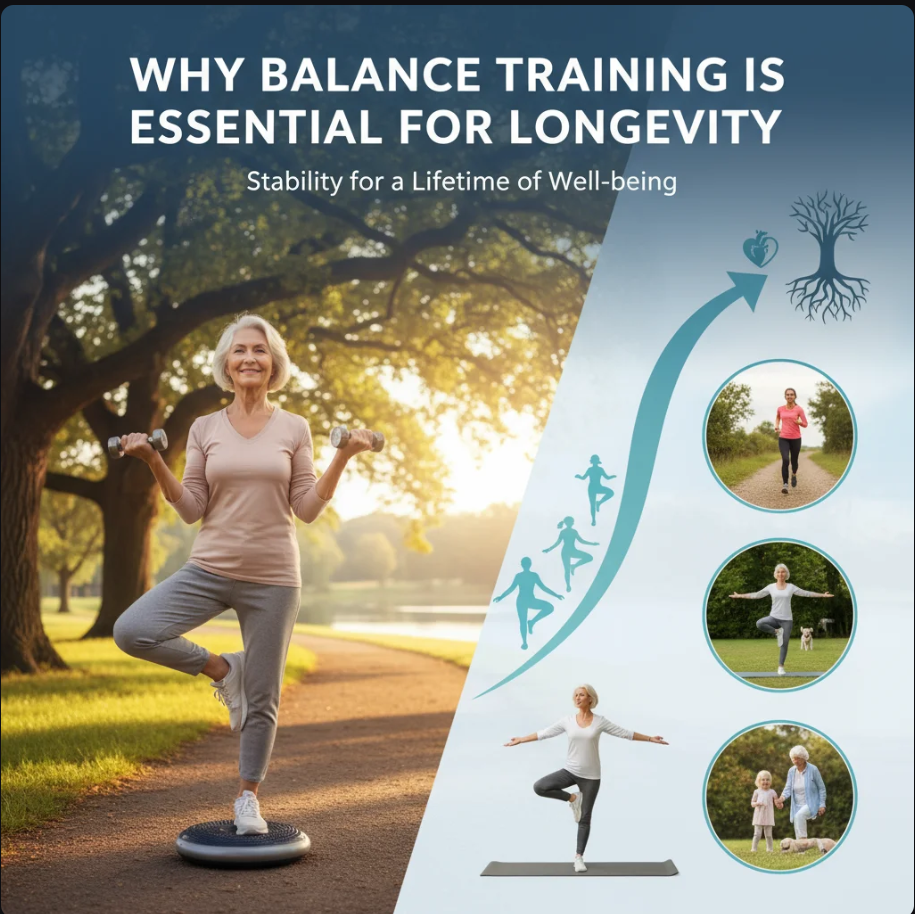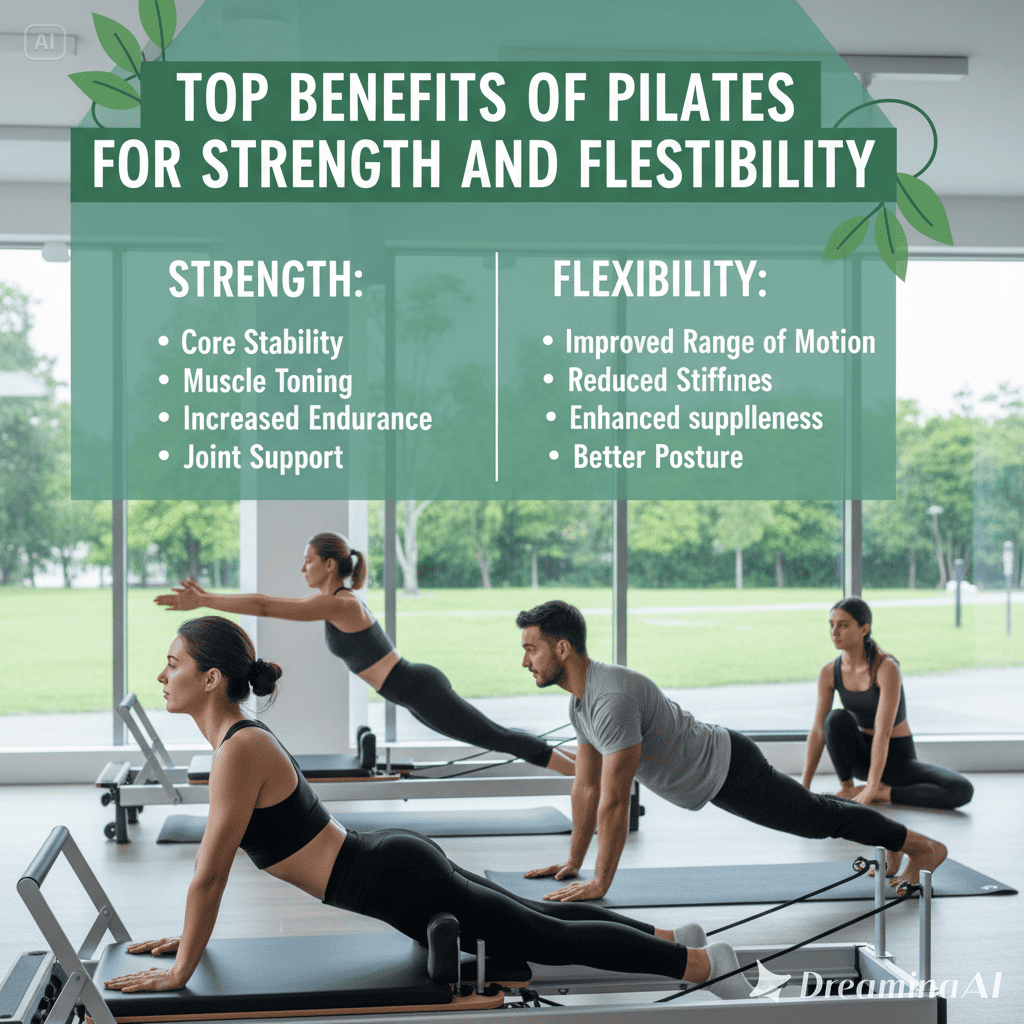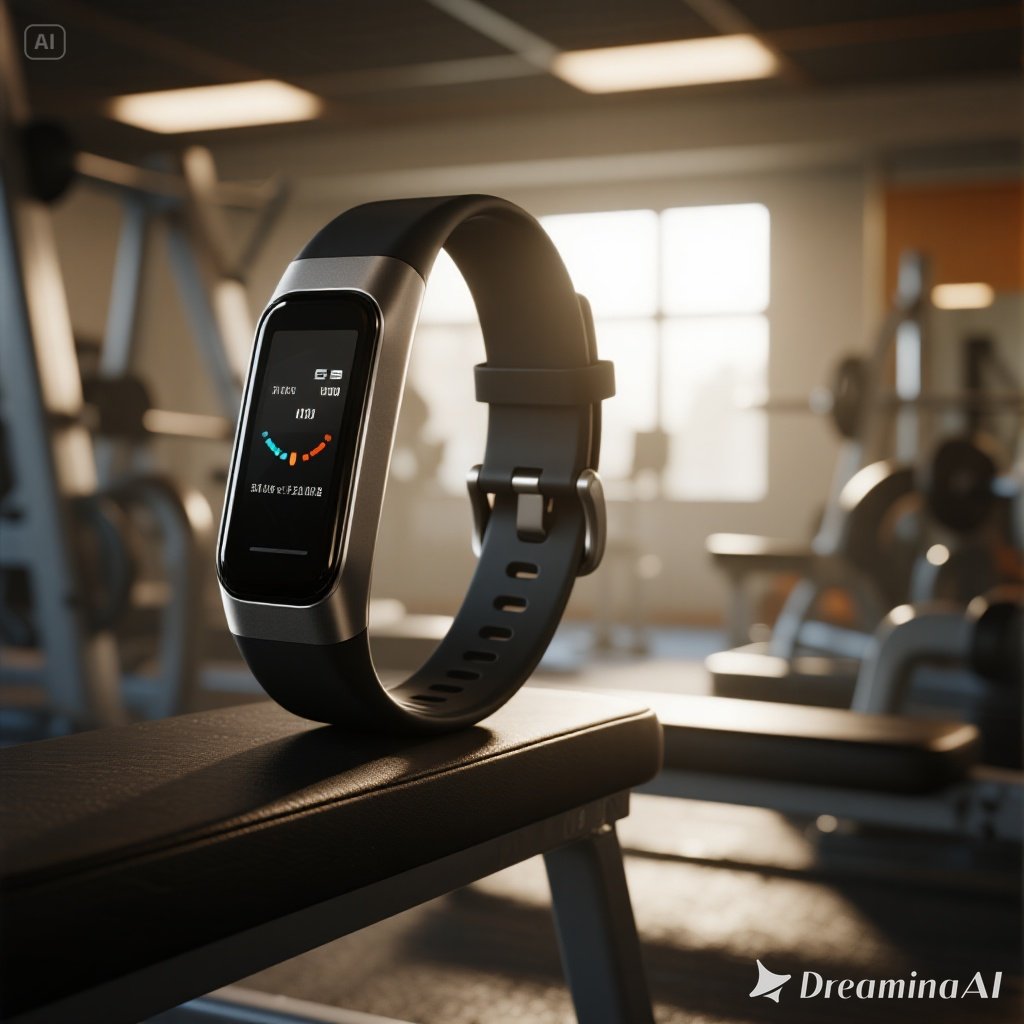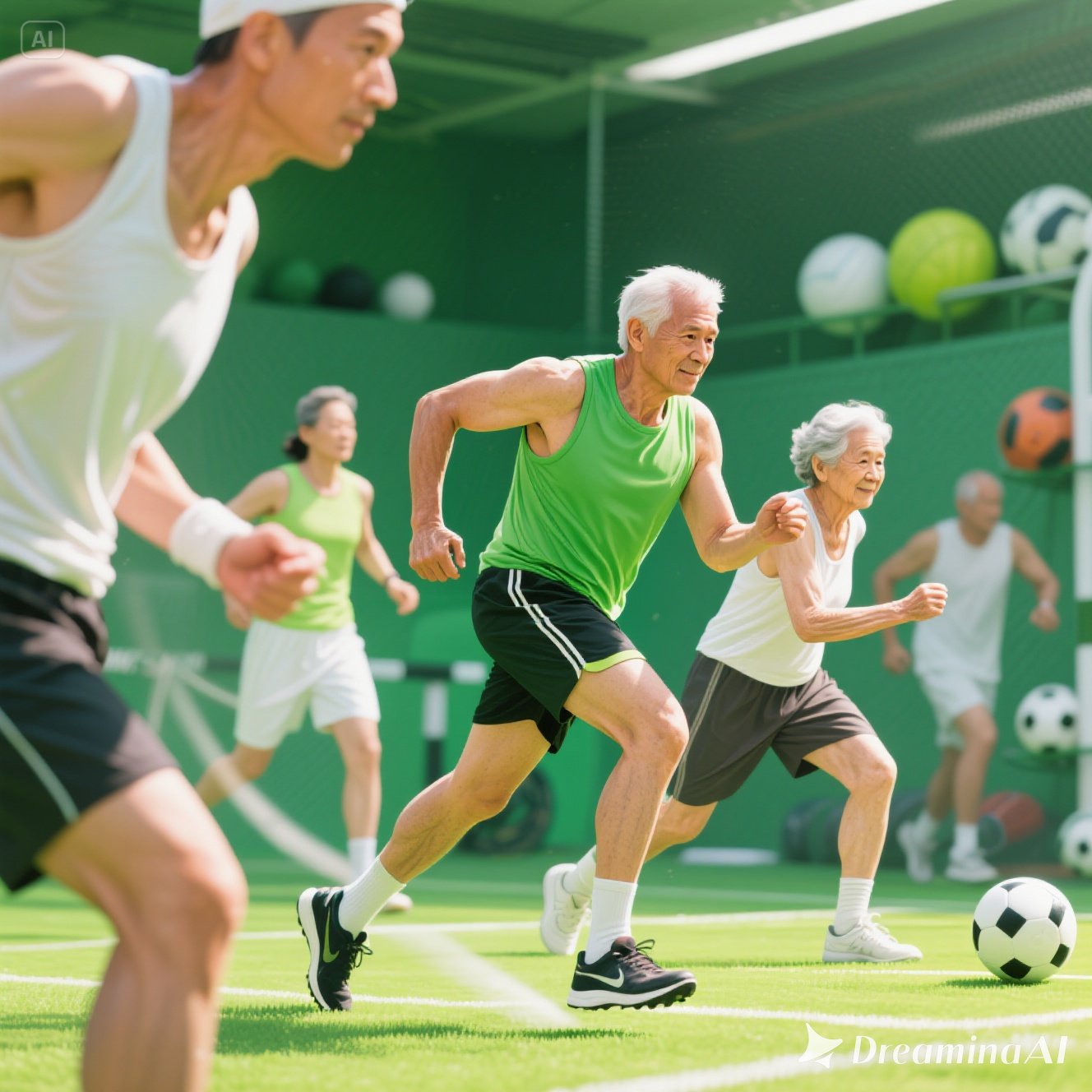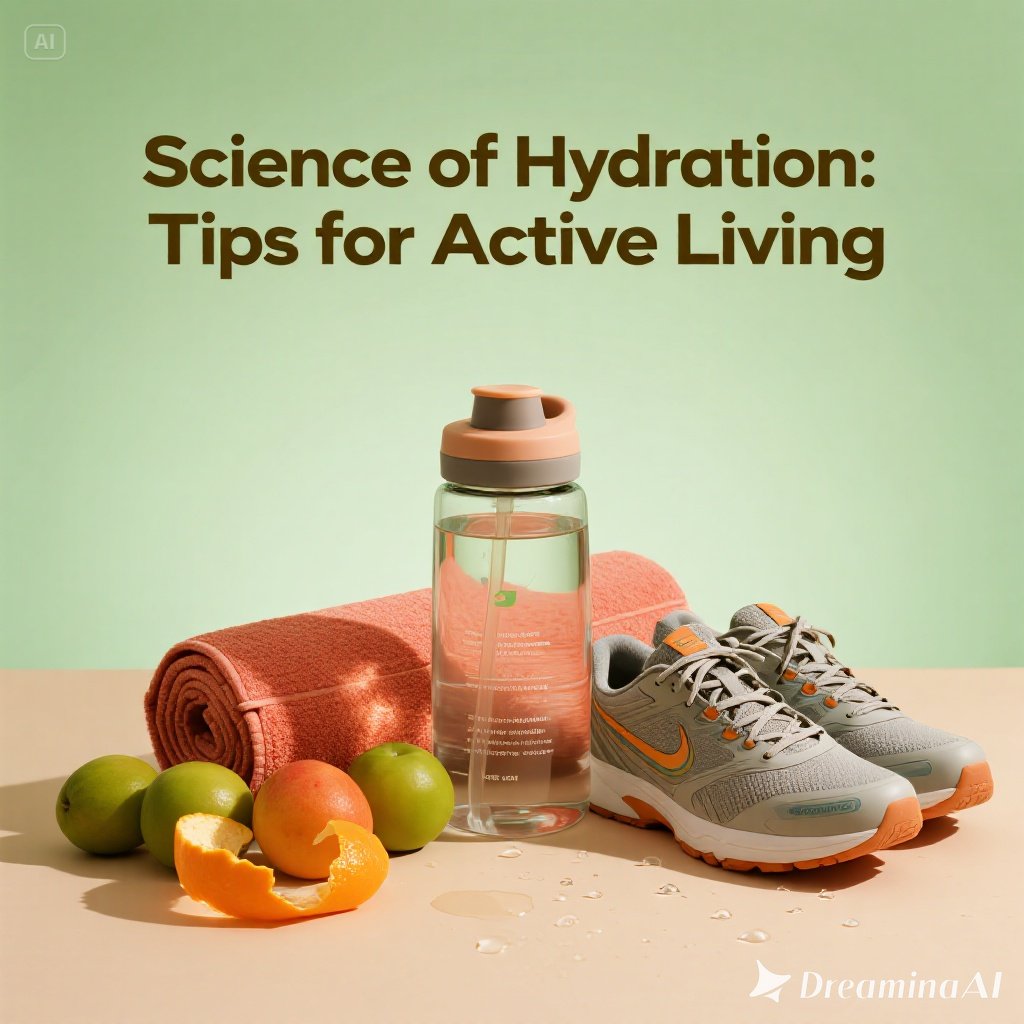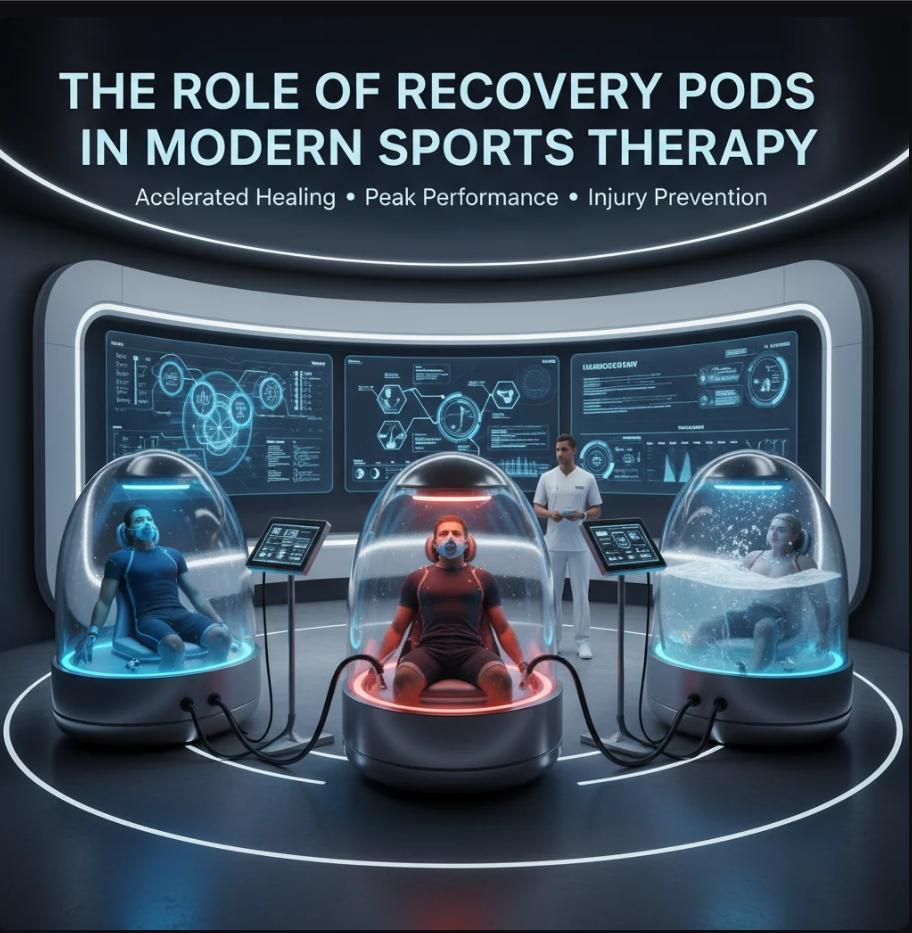Discover the top benefits of Pilates for strength, flexibility, and posture. Learn how this mindful workout builds a strong, balanced body for everyday life.
In the fast-paced modern world, people are searching for workouts that not only strengthen the body but also calm the mind.
That’s where Pilates comes in — a low-impact yet highly effective exercise method that focuses on core strength, stability, and flexibility.
Originally developed by Joseph Pilates in the early 20th century, this form of exercise combines controlled movements, breathing techniques, and mindful focus.
Whether you’re an athlete, dancer, or beginner, Pilates offers long-term benefits that go beyond physical appearance — it builds a stronger, more balanced body from the inside out.
1. Builds Core Strength and Stability
The foundation of Pilates lies in core engagement — targeting deep abdominal muscles, obliques, and lower back.
Unlike traditional workouts that isolate muscle groups, Pilates trains the entire midsection to work as one cohesive unit.
Benefits include:
- Better posture and spinal alignment.
- Stronger support for everyday movements.
- Reduced risk of back pain and injury.
By strengthening the core, you improve your ability to perform any physical activity with control and efficiency.
2. Enhances Flexibility Without Overstretching
Pilates focuses on elongating muscles rather than simply stretching them.
Through slow, controlled movements, it helps you increase your range of motion safely, keeping muscles supple and joints mobile.
Result:
You’ll gain flexibility while maintaining stability — unlike static stretching, which can sometimes cause imbalance or strain.
Regular Pilates practice gradually improves flexibility in the hamstrings, hips, spine, and shoulders, creating a body that moves freely and gracefully.
3. Improves Posture and Body Awareness
Modern lifestyles — with long hours spent sitting or using digital devices — often lead to slouched posture and muscular imbalances.
Pilates corrects this by strengthening the muscles that support proper alignment, especially in the back, core, and shoulders.
It also increases body awareness (proprioception) — helping you notice how you sit, stand, and move throughout the day.
As a result, your posture naturally improves, reducing fatigue and tension in daily activities.
4. Boosts Muscle Endurance and Functional Strength
Pilates isn’t about lifting heavy weights — it’s about controlled repetition and resistance.
Using body weight, reformer machines, or resistance bands, Pilates challenges your muscles to endure tension longer while maintaining proper form.
This functional strength translates into:
- Better athletic performance.
- Improved coordination and balance.
- More energy and stamina in daily life.
It’s one of the reasons many professional athletes — from swimmers to footballers — incorporate Pilates into their training.
5. Promotes Mind-Body Connection
Pilates is not just a workout — it’s a moving meditation.
Each session emphasizes mindful breathing and precision, helping you tune in to your body’s rhythm and movements.
This connection fosters:
- Mental clarity and focus.
- Lower stress and anxiety levels.
- A greater sense of control and calmness.
When your mind and body move in harmony, every motion becomes more intentional and effective.
6. Supports Injury Prevention and Rehabilitation
Because Pilates emphasizes alignment and controlled movement, it’s widely used in physical therapy and rehabilitation programs.
It helps rebuild strength after injury while minimizing strain on joints and muscles.
Common recovery benefits include:
- Faster healing for back and knee issues.
- Strengthening stabilizer muscles to prevent future injuries.
- Safe conditioning for people with mobility limitations.
It’s gentle yet powerful — suitable for all ages and fitness levels.
7. Encourages Long, Lean Muscle Tone
Unlike high-intensity workouts that build bulk, Pilates sculpts the body with long, lean muscle definition.
The slow and precise movements tone without overdeveloping, giving the body a balanced, elegant look — strong but flexible.
Regular practitioners often report:
- Flatter stomachs.
- Improved posture and body proportions.
- A lighter, more energized feel throughout the day.
8. Complements Other Workouts
Pilates serves as an excellent cross-training method.
It enhances mobility and core strength, making it the perfect complement to:
- Running
- Yoga
- Weightlifting
- Dance or martial arts
Many athletes use Pilates to improve performance and recovery, as it enhances control, precision, and body mechanics.
Conclusion
Pilates isn’t about perfection — it’s about progress, precision, and presence.
By combining strength, flexibility, and mindfulness, it creates a foundation for a healthier and more balanced lifestyle.
Whether you’re looking to build lean strength, improve posture, or simply move with more ease, Pilates offers benefits that extend far beyond the mat.
It’s not just exercise — it’s a holistic journey toward body harmony and mental clarity.
Recommend :
